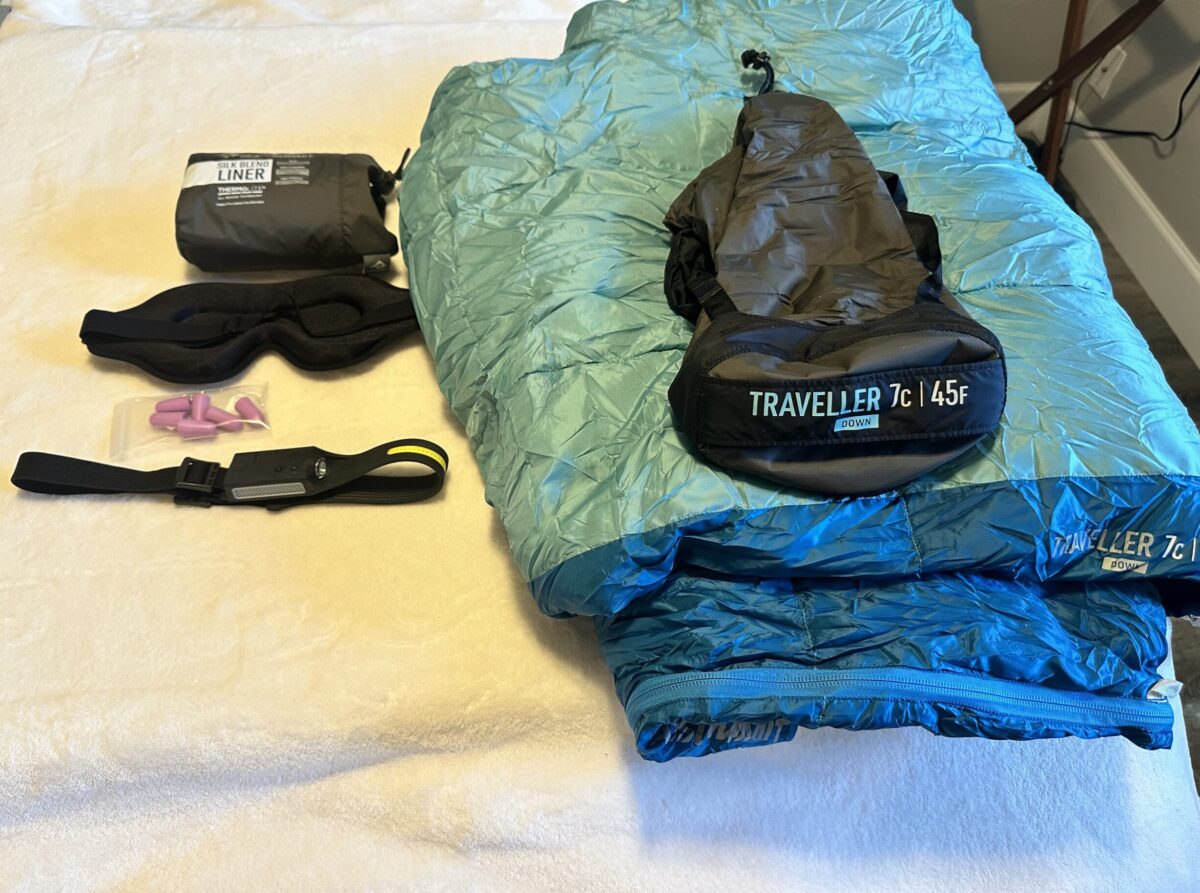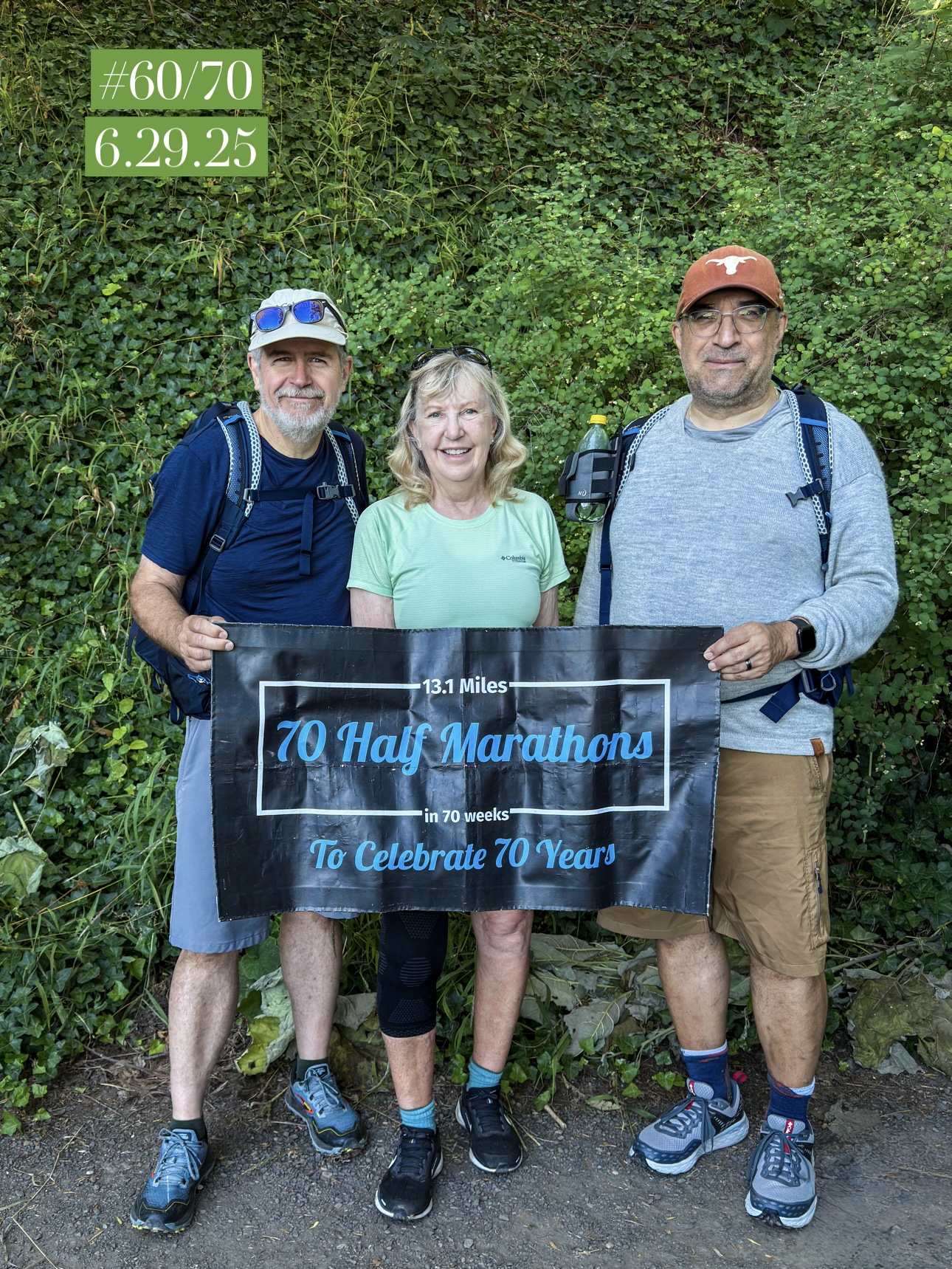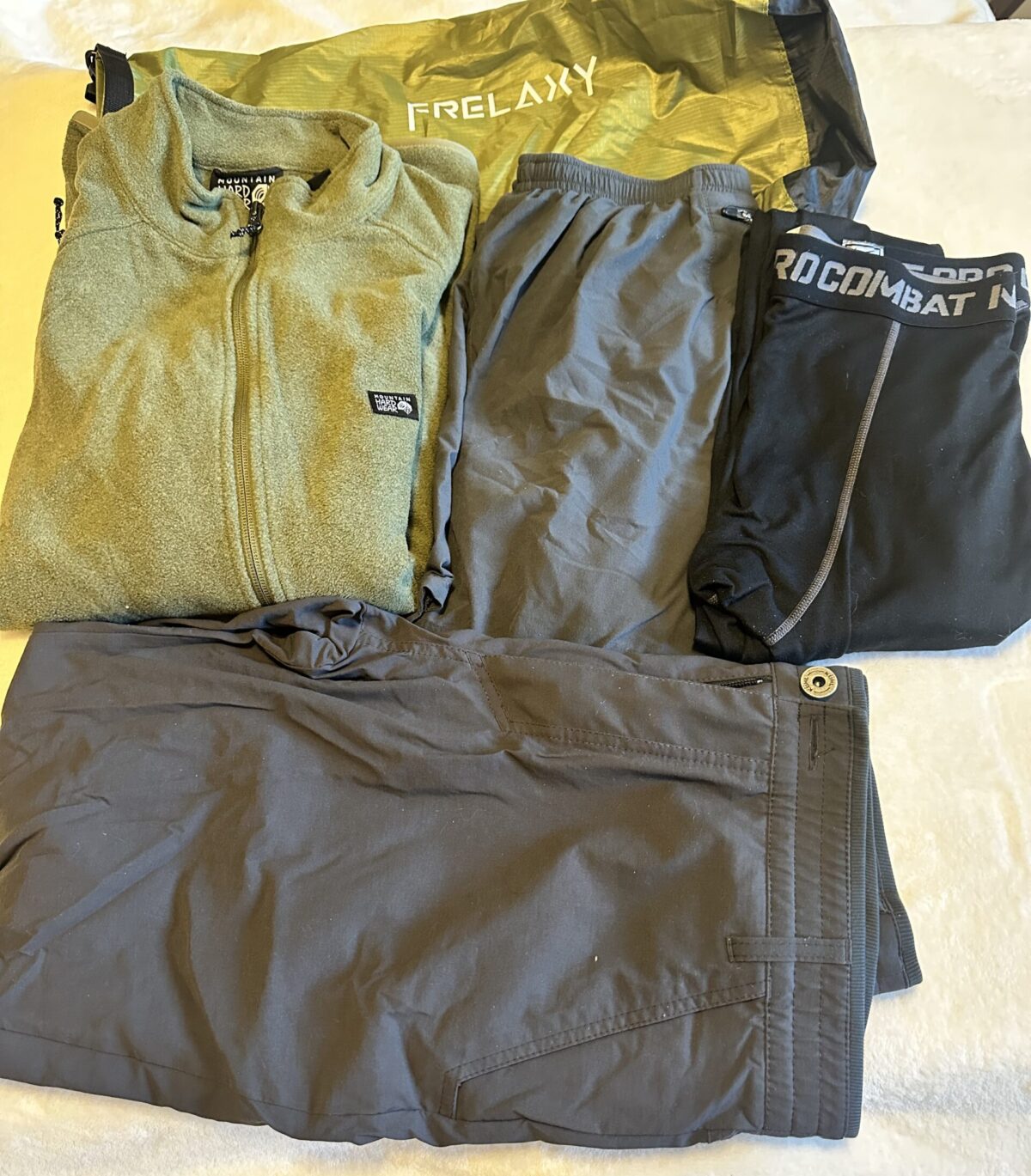I feel like I have spent more time pondering and fretting over what to carry for sleeping than just about anything else. My plan is to mostly sleep in alberges (special hostels just for pilgrims) and what is provided for you can vary dramatically. On top of the variability of what is provided is the fact that I’ll likely be starting in hot weather in southern Portugal and finishing in cool autumn weather in northern Spain.
After much consternation, I’ve decided to take both a silk sleeping bag liner for warmer nights and a lightweight sleeping bag for cooler evenings or when the alberge doesn’t provide blankets. The sleeping bag liner is from Sea to Summit. I opted for the rectangular option versus a mummy as I don’t like feeling bottled up at my feet. It’s a silk blend which I chose because I have learned that bedbugs can’t penetrate a silk fabric. Yes, bed bugs are a thing and I’m taking a variety of precautionary steps to avoid them (another blog topic). This liner is ultra-light at only 160 grams.
My sleeping bag is also from Sea to Summit and is the Traveller 45F Down Bag/Blanket. It’s not going to keep me warm if I go snow camping, but the 45 degree rating should take care of the most chilly nights I’ll encounter and I can add my liner inside of it for additional warmth if needed. It will be the heaviest thing I carry (except the pack itself), but at 585 grams (1.29 pounds) it’s about as light as you can get for a sleeping bag.
My sleeping gear is rounded out with a set of ear plugs and a sleeping mask. Some of the alberges have rather large bunk rooms and these will help me sleep through the snoring and flashlights that might go on. I will also have my headlamp as part of my sleeping equipment. The headlamp features a red light setting so if I decide to leave in the morning before daylight, I won’t blind people as I round up my gear.

All of these items fit neatly into the compression bag for the Traveller. When compressed, all take up the space of a cylinder about 4 inches by 6 inches.
| Total Weight: | 826 g (1.8 lb) |
| Total Weight in Pack: | 826 g (1.8 lb) |





